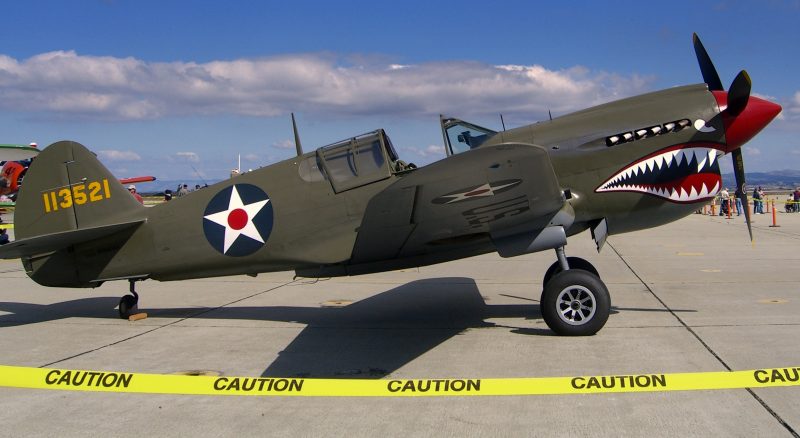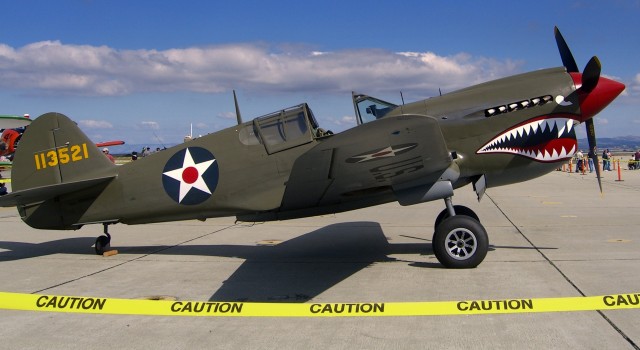The P-40E never flew with the Tigers, however, it was used by the 1st American Volunteer Group formed in China by Gen. Claire Chennault before the United States joined the war. Thousands of P-40 models were produced and sent off to U.S. allies in all theaters. When other advanced models became available, like the P-51 Mustang, most of the P-40s were scrapped.
Nell Calloway’s grandfather, Chennault, used to organize the U.S. volunteer pilots in 1941, during his service as a civilian adviser for Chiang Kai-Shek nationalist Chinese government. She insisted that you must have a P-40 to be able to tell the story of the Tigers. To emphasize the importance of the relationship between the United States and China, Chennault Aviation and Military Museum in Monroe, Nell Calloway said they have to do everything they can to remember how the airplane was used to defeat the Japanese.
Chennault was a Texan who grew up in Louisiana and who became an adviser to Chiang in 1937, designing airfields and a network “of people, radios, telephones, and telegraph lines that covered all of Free China accessible to enemy aircraft.” He passed away in 1958, the Yahoo News reports. The Curtiss P-40 Warhawk was painted with shark-nosed markings to match the aircraft flown by Robert Lee Scott Jr. of the 23rd Fighter Group, when the Flying Tigers started to be used in the war by the U.S. Army Air Force.
The search for a P-40 began in 2004, according to the director of collections and exhibits at the museum, Mr Tom Czekanski, who does not want to say how much it cost him to buy and restore the aircraft. The remains of the P-40 were found by somebody in the 1980s, in a ditch near the airfield. “The fields were very muddy, and often the plane would dig in. Then it would flip end over end,” said Czekanski.
He continued saying that unfortunately his search began a little late, as most of the collectors would go for fully working or parked and saved aircraft. But at this point in time, as the supply goes down, people begin to invest more and more in replicas and restored models. This will be the 10th aircraft brought to the museum, although only one of them can still fly. Some of the parts and instruments, together with the engine and landing gear are the original ones, however, the plane had to be restored during a 72-week project.

